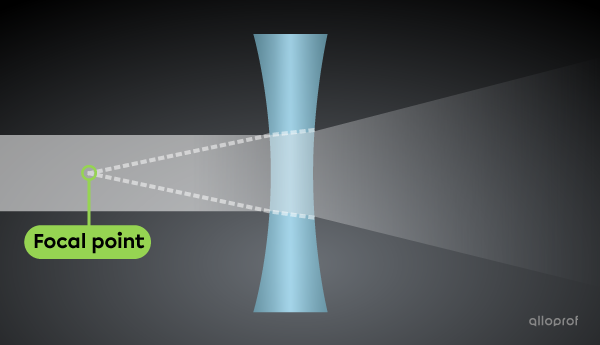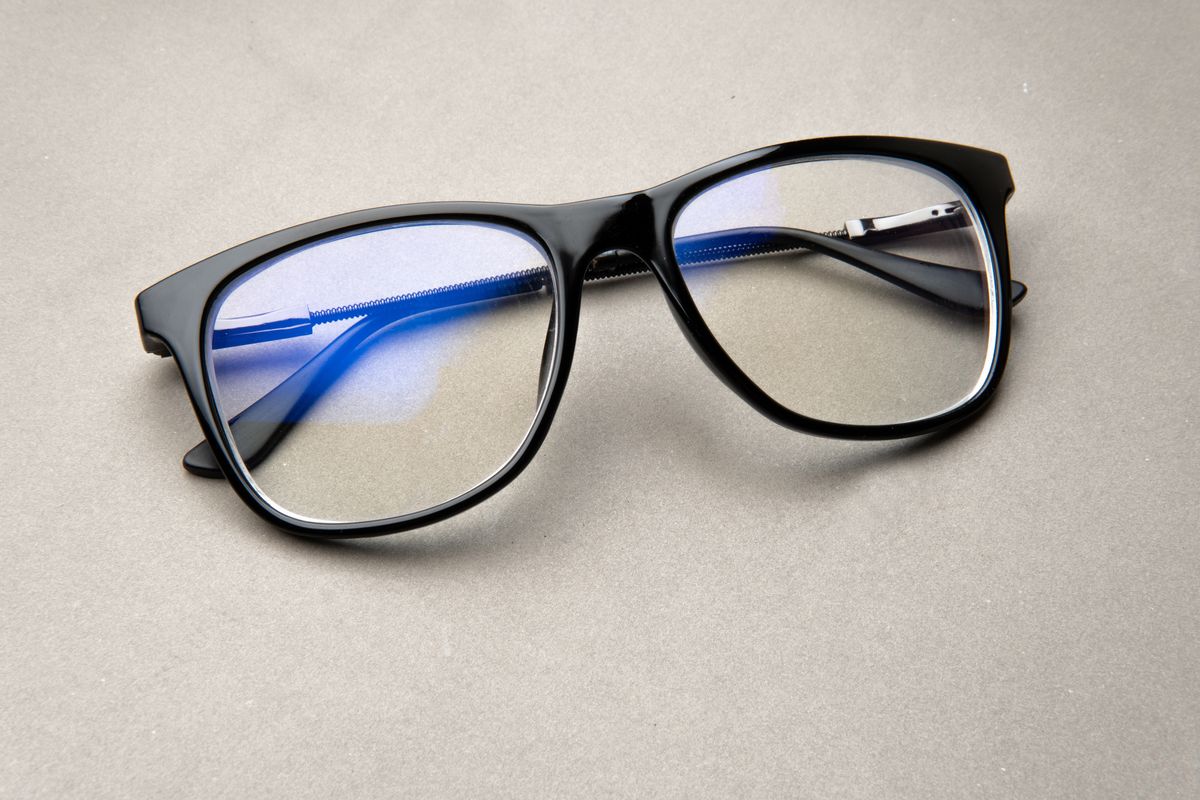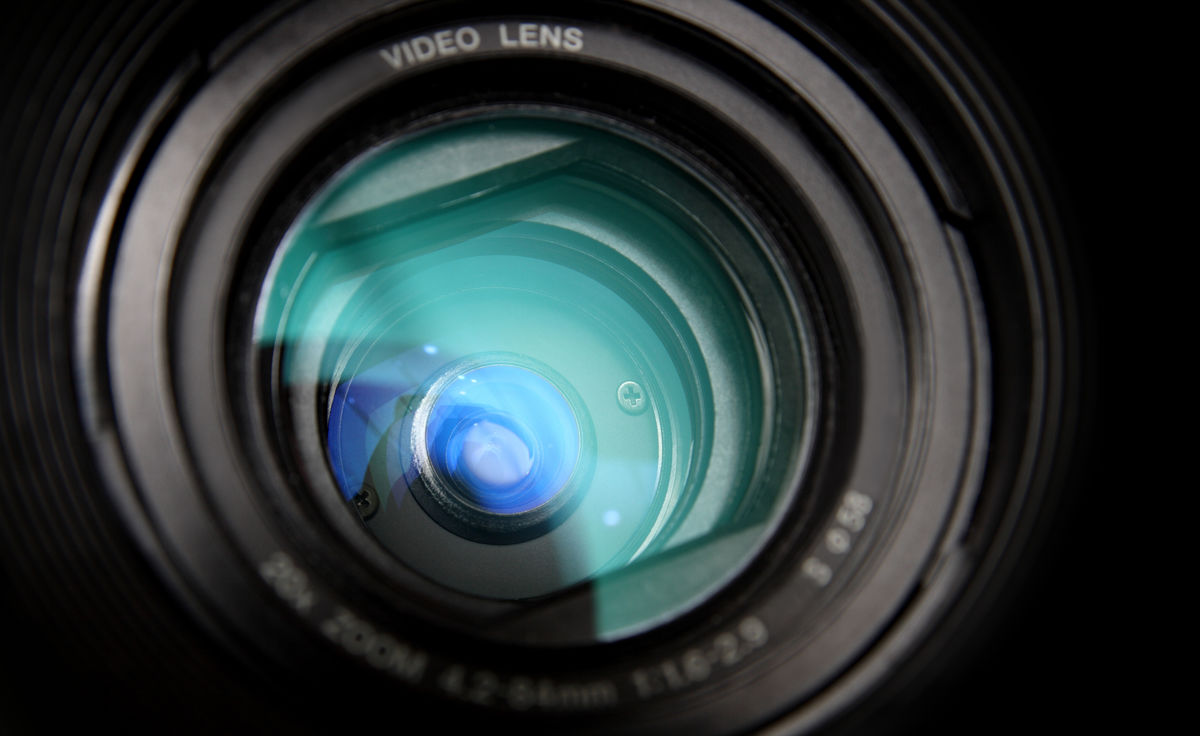Lenses (Converging, Diverging)
-
A lens is a transparent object with at least one curved side. The curvature causes the refraction of light rays passing through the lens.
-
The focal point of a lens is a point where the refracted rays or their extensions intersect. On a diagram, it is represented by the letter F.
Important!
Incident rays are the light rays arriving from the light source to the lens.
Refracted rays are the deflected light rays coming out of the lens.
Incident and refracted light rays are represented by arrows because light is considered to travel in a straight line.

Incident and refracted rays on a diverging lens
A lens is usually made of clear glass or plastic. Depending on its shape, a lens can cause light to converge or diverge.
The following table shows the main differences between converging and diverging lenses.
|
Lens type |
||
|---|---|---|
|
Different shapes of lenses |
 |
 |
|
Deviation of light rays |
 |
 |
 The focal point is behind the lens. |
 The focal point is in front of the lens. |
Lenses have several optometry applications, such as eyeglasses and contact lenses to correct different vision disorders.
Furthermore, cameras and microscopes are technological objects with lenses.

Eyeglasses
Syed Fahad Hussain Shah, Shutterstock.com

A camera lens
Kokhanchikov, Shutterstock.com

Objective lenses of a microscope
Konstantin Kolosov, Shutterstock.com
Find out more!
The following concepts are covered in Secondary 5 physics.
Converging Lenses
A converging lens deflects light rays so they come closer together.
Light rays refracted by a converging lens intersect at a point behind the lens. It is referred to as the focal point.

The focal point of a converging lens
The curvature of the lens influences the convergence of light. The more the lens is curved, the closer the focal point is to the lens. Similarly, the closer the focal point is to the lens, the more the light is deflected.
In the following image, the light rays are deflected using different converging lenses.
Note: when the lens is very curved (convex), the light rays are more deflected than when the lens is less curved.

The deflection of light rays by converging lenses
Diverging Lenses
A diverging lens deflects the light rays away from each other.
Extensions of light rays refracted by a diverging lens intersect at a point in front of the lens. It is referred to as the focal point.

The focal point of a diverging lens
The curvature of the lens influences the divergence of light. The more the lens is curved, the closer the focal point is to the lens. Similarly, the closer the focal point is to the lens, the more the light is deflected.
In the following image, the light rays are deflected using different diverging lenses.
Note: when the lens is very curved (concave), the light rays are more deflected than when the lens is less curved.

The deflection of light by diverging lenses
